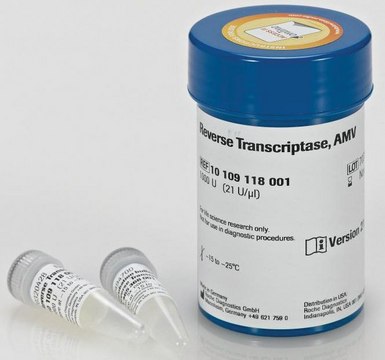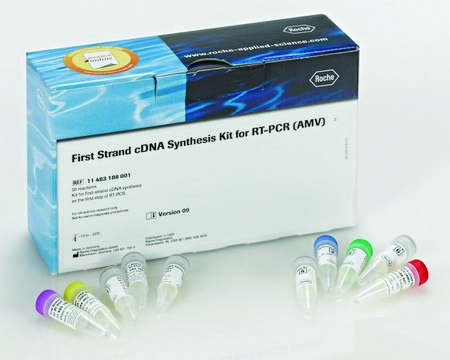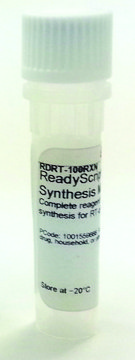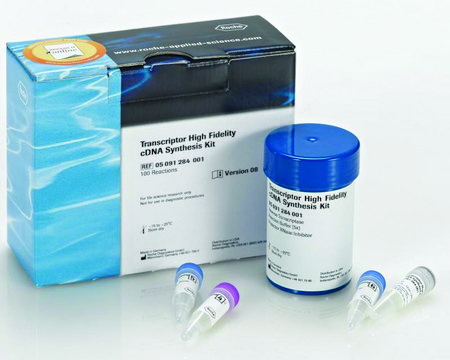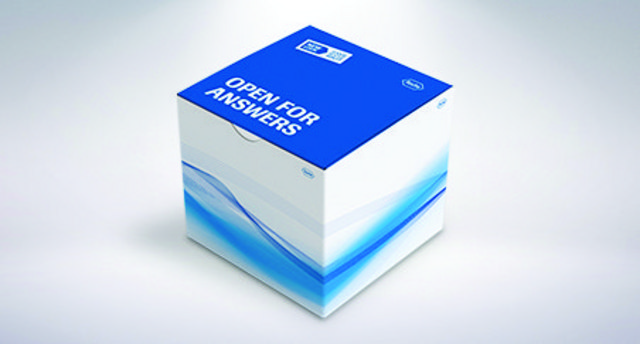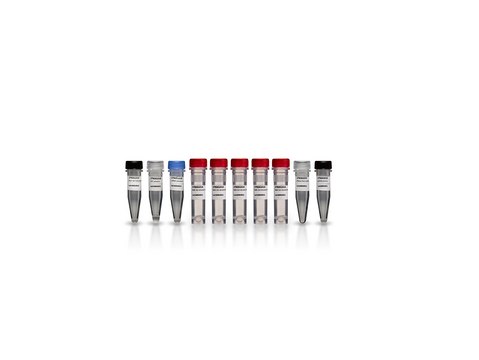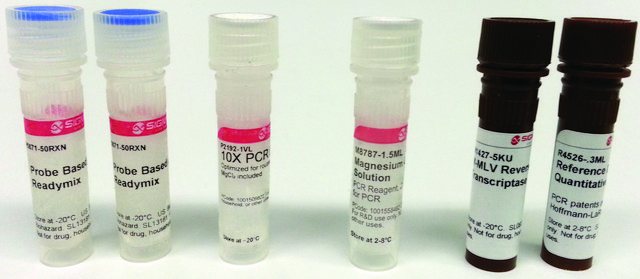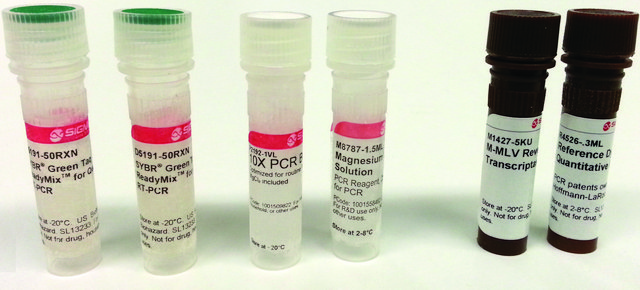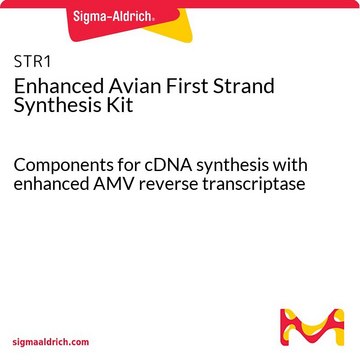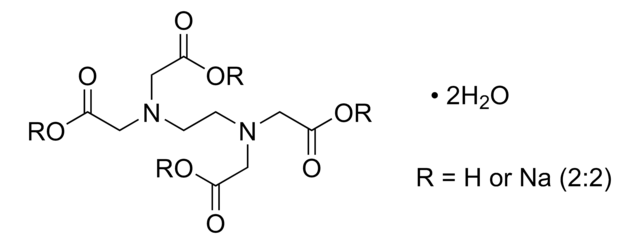Key Documents
Safety Information
M1302
M-MLV Reverse Transcriptase
Moloney Murine Leukemia Virus enzyme & buffer for cDNA synthesis
Synonym(s):
Moloney Murine Leukemia Virus Reverse Transcriptase
Select a Size
¥980.32
Available to ship on2025年4月10日Details
Select a Size
About This Item
¥980.32
Available to ship on2025年4月10日Details
Recommended Products
biological source
Porcine intestinal mucosa
recombinant
expressed in E. coli
form
liquid
usage
sufficient for 200 reactions
sufficient for 250 reactions
feature
dNTPs included: no
hotstart: no
concentration
200 units/μL
technique(s)
RT-PCR: suitable
color
colorless
input
purified RNA
shipped in
wet ice
Related Categories
1 of 4
This Item | E5134 | ED2SS | 27285 |
|---|---|---|---|
| grade Sigma Grade | grade for molecular biology | grade reagent grade | grade - |
| assay 98.5-101.5% | assay 99.0-101.0% (titration) | assay 98.5-101.5% (titration) | assay 99.0-101.0% |
| Quality Level 200 | Quality Level 300 | Quality Level 200 | Quality Level 200 |
| mp 248 °C (dec.) (lit.) | mp 248 °C (dec.) (lit.) | mp 248 °C (dec.) (lit.) | mp 248 °C (dec.) (lit.) |
| solubility H2O: soluble, clear, colorless | solubility 3 M NaOH: 1.6 g/10 mL | solubility H2O: soluble, clear, colorless | solubility water: soluble 100 g/L at 20 °C |
General description
Application
Features and Benefits
- Thermostable reverse transcriptase active at 37 °C.
- Can be used to generate first strand cDNA of up to 7 kb.
Packaging
Unit Definition
Preparation Note
Legal Information
inhibitor
Signal Word
Danger
Hazard Statements
Precautionary Statements
Hazard Classifications
Resp. Sens. 1
Storage Class Code
12 - Non Combustible Liquids
WGK
WGK 3
Flash Point(F)
Not applicable
Flash Point(C)
Not applicable
Personal Protective Equipment
Regulatory Information
Choose from one of the most recent versions:
Certificates of Analysis (COA)
Don't see the Right Version?
If you require a particular version, you can look up a specific certificate by the Lot or Batch number.
Already Own This Product?
Find documentation for the products that you have recently purchased in the Document Library.
Articles
Small interfering RNAs (siRNAs) are powerful tools for gene expression knockdown, widely used in molecular biology.
Challenges in gene expression analysis include mRNA stability, temporal transcription patterns, and mRNA-protein correlation, impacting accuracy.
Related Content
RT-qPCR detects specific targets with applications in gene expression and pathogen detection.
Our team of scientists has experience in all areas of research including Life Science, Material Science, Chemical Synthesis, Chromatography, Analytical and many others.
Contact Technical Service